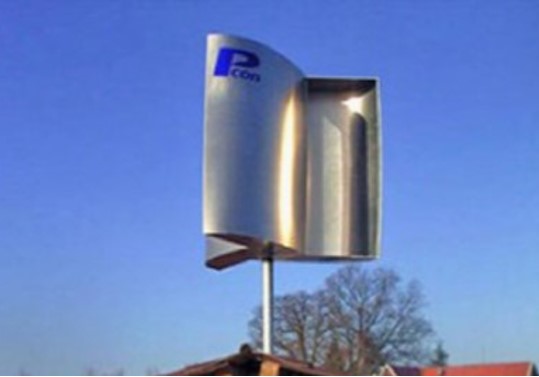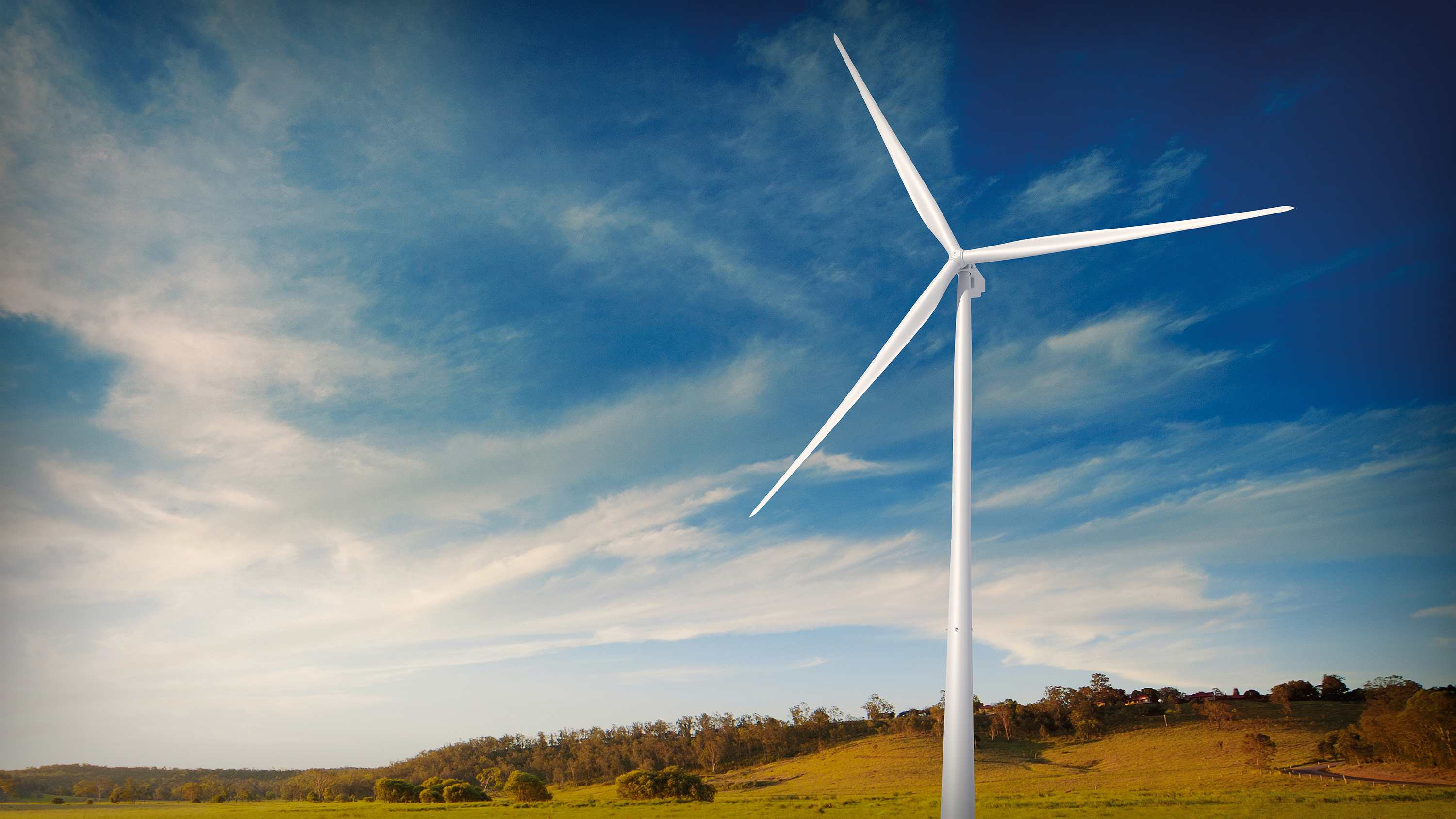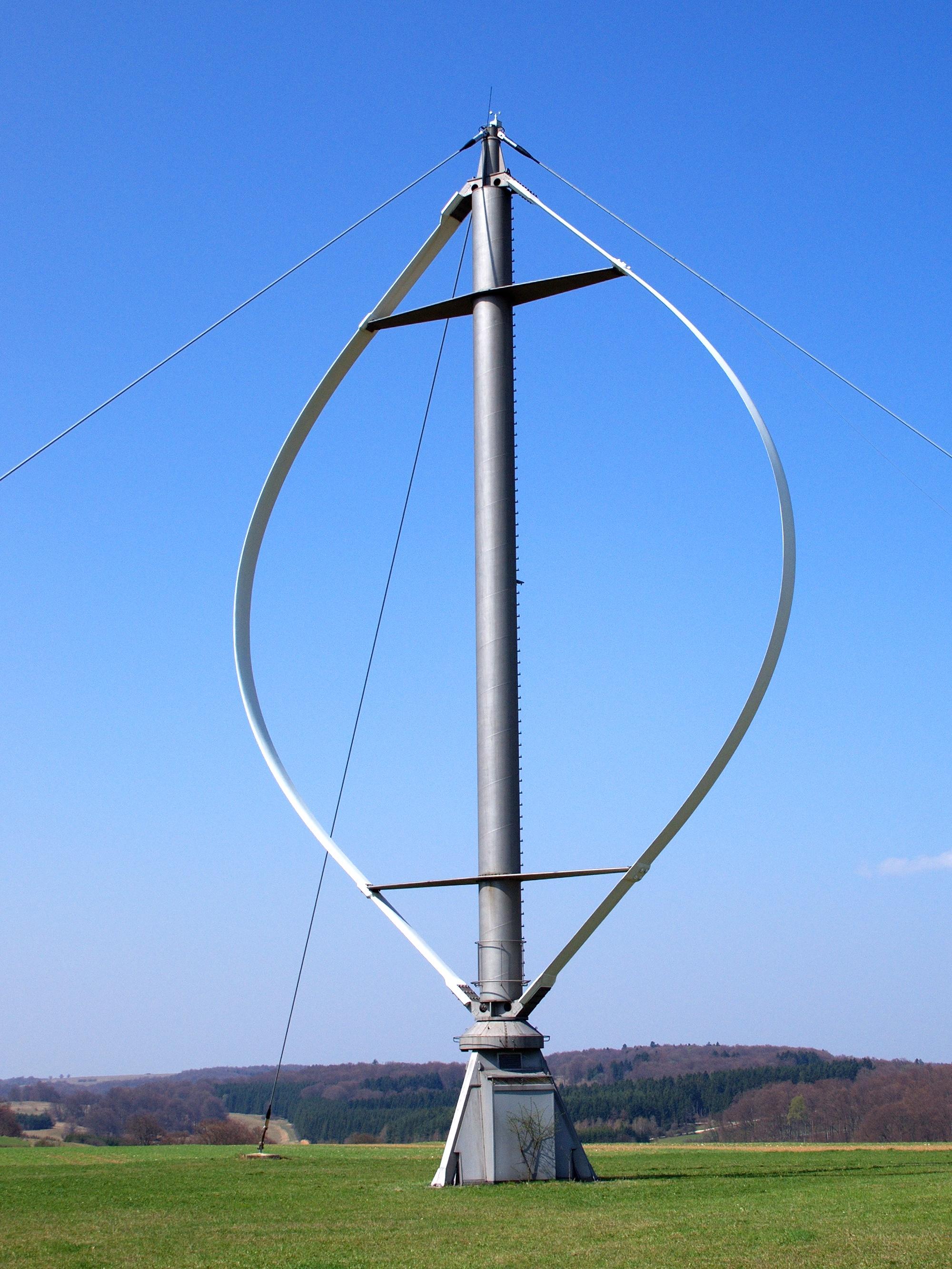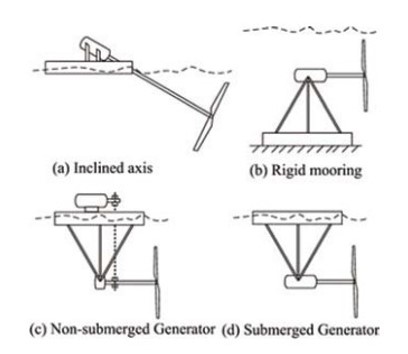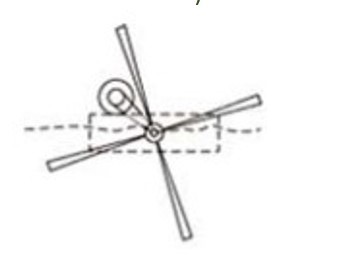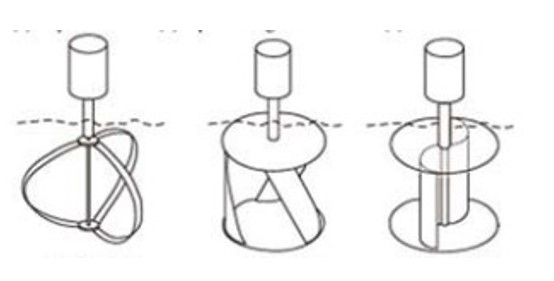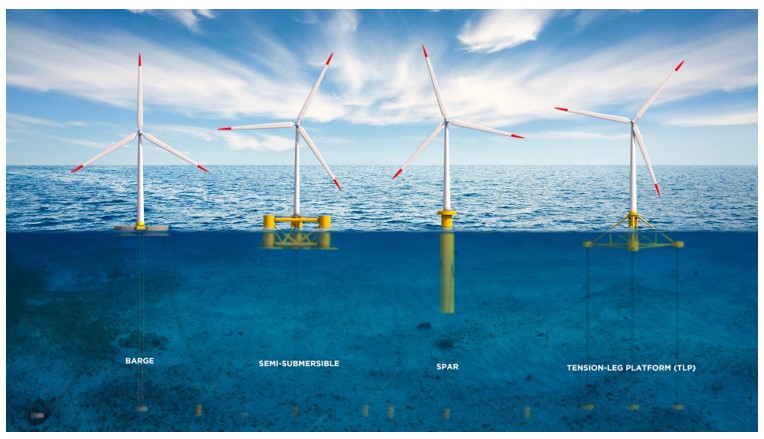Introduction
In a world where the environmental degradation has reached hazardous levels, the transition to sustainable energy methods has become priority for all. In this framework, renewable energy systems can play a vital role in replacing traditional fossil fuels for large scale energy generation, but this is still difficult to implement when supplying isolated micro-communities [1]. Many developing countries that are sparsely populated face serious problems in supplying safe and reliable electricity to communities which are situated in remote and hardly accessible areas, such as river sites, due to grid weakness which causes frequent electricity interruptions when local demand exceeds supply. The use of small scale renewable energy systems which could provide the local society with clean, safe and reliable energy could be a solution that would alleviate this problem in a sustainable manner. This idea, although still in an immature stage, can be promising and there are several relevant projects developed in different small islands and remote villages.
Hybrid system
There are many small renewable energy sources that could be used for this purpose. In this work, the possibility of combining a small wind turbine and water current turbines in a compact structure, forming a hybrid system, will be considered and its feasibility and applicability in river sites will be examined. To design such a system, a brief review of the available market technologies in the areas of small wind turbines and river current turbines needs to be made, whereas the way of incorporating them into the same scheme should be investigated.
Small scale wind turbines
|
Small wind turbines are those which have a rated power output up to some hundreds of kWs. Their applications may vary according to their power capacity; they can be used for batteries charging, for residential heavy seasonal loads or even for supplying remote communities and commercial or institutional buildings [2]. They are classified mainly based on their axis of rotation (vertical or horizontal axis). Some typical commercial examples are the following:
Figure 3: Savonius type VAWT [5]
River current turbinesThe natural power of a running river or a stream offers an opportunity for electricity production and different concepts regarding the way that this can be exploited have been developed recently, primarily for small-scale applications. There are diverse hydro-kinetic technologies which could serve this idea, most of them having a nominal power output of a few kWs [6]. The available turbine systems are categorised in axial flow and cross-flow turbines, the configuration of which is presented in the following figures:
|
Figure 1: HAWT [3]
Figure 2: Darrieus type VAWT [4]
1) Axial flow turbines
Figure 4: Axial flow (horizontal) turbines [6]
|
2) Cross flow turbines
Floating platform
Although the floating platform concept is used mostly in transitional or deep waters for large scale projects, this project scope was to investigate the possibility of using it in a shallow river to accommodate a hybrid system of wind and water current turbines for reasons that will be explained in the concept section.
The dominant classifications of floating wind structures are: the spar-buoy, the Tension-Leg platform, and the Semi-submersible platform (of various shapes). The difference among them lies on the way they achieve stability; either by using ballast like the former ones, either by having the mooring lines as their stabilised factor as the TLPs, or by using the equilibrium between their weight and the buoyancy force like the latter ones.
The dominant classifications of floating wind structures are: the spar-buoy, the Tension-Leg platform, and the Semi-submersible platform (of various shapes). The difference among them lies on the way they achieve stability; either by using ballast like the former ones, either by having the mooring lines as their stabilised factor as the TLPs, or by using the equilibrium between their weight and the buoyancy force like the latter ones.
Figure 7: Barge,Semi-submersible, Spar-buoy, Tension-leg platform [7]
Project aim
The main aim of this project is to investigate the concept of a floating hybrid system which would combine wind and hydro power generation for river applications, in terms of technical feasibility, economic viability and environmental perspective.
Project objectives
- Selection of an appropriate location with favourable characteristics
- Determination of system design and mooring lines features
- Conduct of hydrostatic analysis and examination of loading on system stability
- Establishment of system connection to the main grid
- Carry out a financial analysis to ensure its cost-effectiveness
- Investigation of the environmental impact and identification of mitigation strategies
Challenges
- Given that river waters are usually shallow, the geometry of the floating system should be carefully designed so that its stability can be ensured.
- The relatively low stream velocity of rivers poses another difficulty in terms of the power output we need to achieve from the current turbines to render the system economically viable.
- Rivers in most cases host a significant and diverse number of fauna and flora both in the water and their banks, so the system should not cause any kind of environmental disruption.
- Other factors, such as the local legislative framework and different human activities, ought to be taken into account.
References
[1] Neves, D., Silva, C. and Connors, S. (2014). Design and implementation of hybrid renewable energy systems on micro-communities: A review on case studies. Renewable and Sustainable Energy Reviews, 31, pp.935-946.
[2] Climatetechwiki.org. (2018). Wind energy: small-scale | ClimateTechWiki. [online] Available at: http://www.climatetechwiki.org/technology/small-scale-wind [Accessed 5 May 2018].
[3] Turbinesinfo - All About Turbines. (2018). Horizontal Axis Wind Turbines – HAWT - Turbines Info. [online] Available at: https://www.turbinesinfo.com/horizontal-axis-wind-turbines-hawt/ [Accessed 26 April 2018].
[4] Verticalaxiswindturbines.blogspot.co.uk. (2018). How Efficient are Vertical Axis Wind Turbines compared to Horizontal?. [online] Available at: http://verticalaxiswindturbines.blogspot.co.uk/2010/10/how-efficient-are-vertical-axis-wind.html [Accessed 25 April 2018].
[5] Tummala, A., Velamati, R., Sinha, D., Indraja, V. and Krishna, V. (2016). A review on small scale wind turbines. Renewable and Sustainable Energy Reviews, 56, pp.1351-1371.
[6] Sornes, K. (2010). Zero Emission Resource Organization.
[7] Jonkman, J. and Matha, D. (2009). A Quantitative Comparison of the Responses of Three Floating Platforms. In: National Renewable Energy Laboratory.
[2] Climatetechwiki.org. (2018). Wind energy: small-scale | ClimateTechWiki. [online] Available at: http://www.climatetechwiki.org/technology/small-scale-wind [Accessed 5 May 2018].
[3] Turbinesinfo - All About Turbines. (2018). Horizontal Axis Wind Turbines – HAWT - Turbines Info. [online] Available at: https://www.turbinesinfo.com/horizontal-axis-wind-turbines-hawt/ [Accessed 26 April 2018].
[4] Verticalaxiswindturbines.blogspot.co.uk. (2018). How Efficient are Vertical Axis Wind Turbines compared to Horizontal?. [online] Available at: http://verticalaxiswindturbines.blogspot.co.uk/2010/10/how-efficient-are-vertical-axis-wind.html [Accessed 25 April 2018].
[5] Tummala, A., Velamati, R., Sinha, D., Indraja, V. and Krishna, V. (2016). A review on small scale wind turbines. Renewable and Sustainable Energy Reviews, 56, pp.1351-1371.
[6] Sornes, K. (2010). Zero Emission Resource Organization.
[7] Jonkman, J. and Matha, D. (2009). A Quantitative Comparison of the Responses of Three Floating Platforms. In: National Renewable Energy Laboratory.
